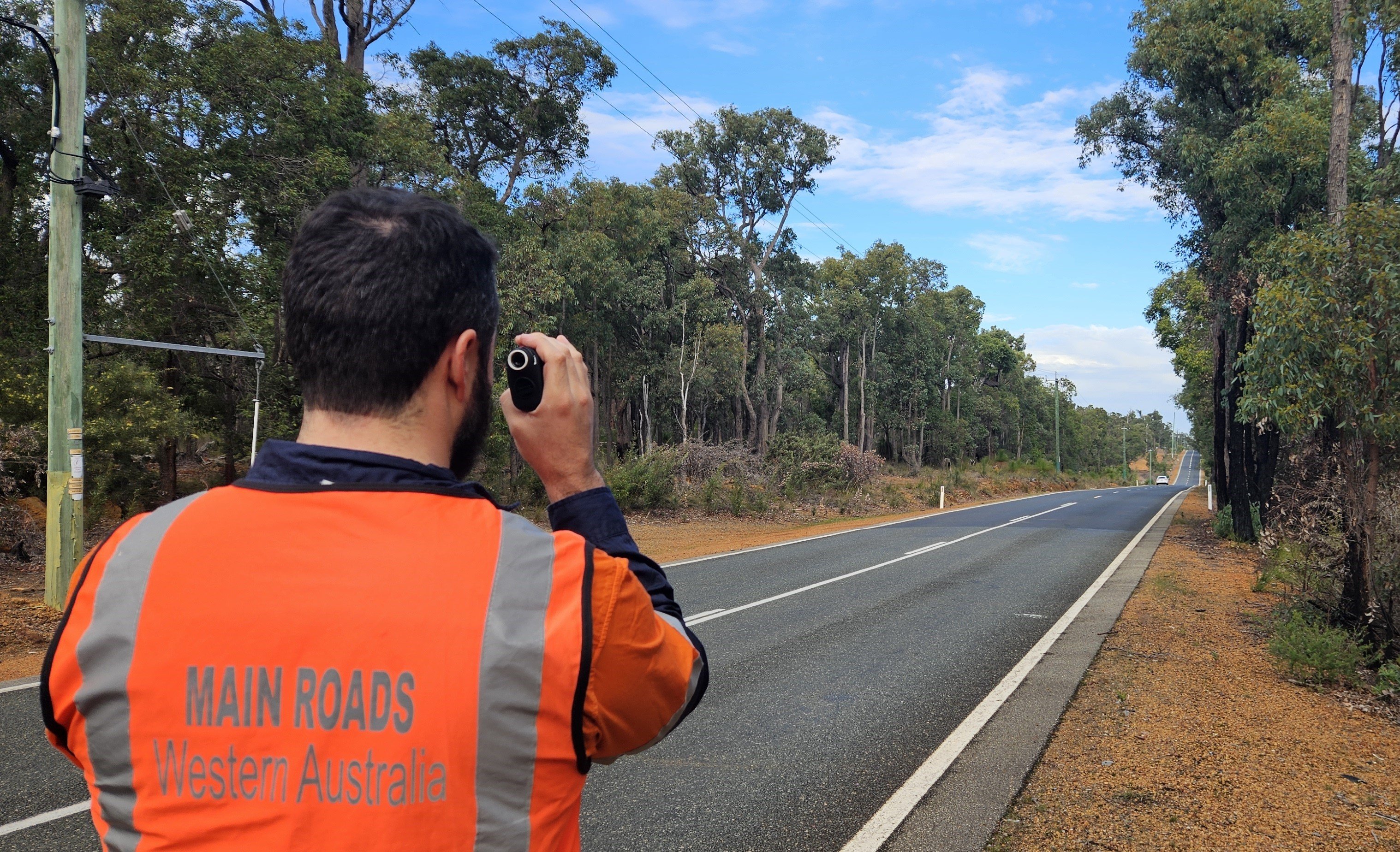To ensure we deliver safe, sustainable and efficient RAV network access, we administer a thorough route assessment application process, and work collaboratively with road managers in accordance with the RAV Access Approval & Review Policy to determine if roads are suitable for RAV access.
Consultation with Heavy Vehicle Services on road projects or developments
It is important that any proposed development or road improvement project adequately and safely accommodates the current and future heavy vehicle traffic demands.This should consider both the protection of existing RAV access, particularly on key oversize / over mass routes and the level of RAV access that may be required to provide an efficient freight network into the future.
Our Guidelines for Consulting with HVS for Development Applications and Road Improvements Projects provide guidance to other areas of Main Roads and Local Government, as to when Heavy Vehicle Services (HVS) should be consulted and what services HVS can provide in relation to a development, road infrastructure project or development application.
Find out more about the process of applying and assessing whether a route can be added to the RAV network.
One easy-to-use map which provides Approved Networks, Heavy Vehicle Travel Impacts, Restricted Structures Lists, Drive Over & Under Structure Locations, WA Agricultural Pilot Zones and more.
HVAT includes a RAV Grade Calculator, ESA Calculator, Intersection Risk Calculator, SRT Calculator and Trailer Clearance Calculator to assist in making informed decisions.
